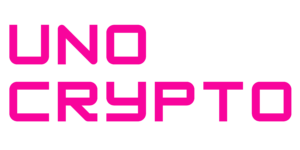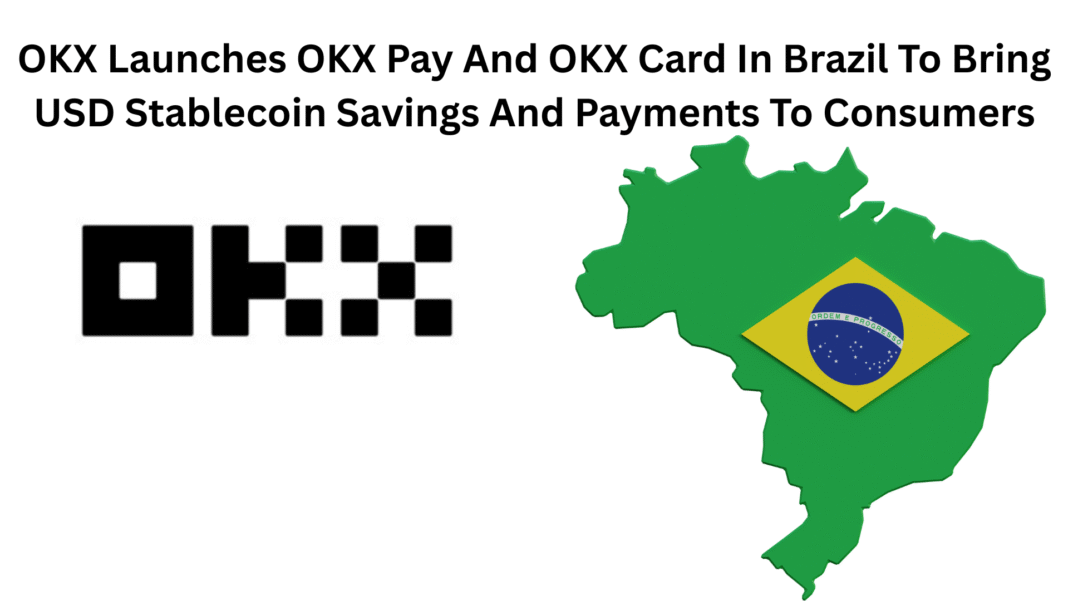In Brazil, cryptocurrency exchange OKX has introduced OKX Pay and OKX Card, providing consumers with access to stablecoin savings and payment systems priced in USD.
In light of the rising demand for cross-border payment options and inflation-resistant savings, the launch is a step toward making digital dollar financing accessible to regular Brazilians.
Dollar-Based Finance
According to industry data, stablecoins currently make up over 90% of cryptocurrency transactions in Brazil due to the nation’s persistent inflation and currency instability. Brazil is fifth in the world for adoption and tops Latin America in cryptocurrency transactions.
For consumers and small companies looking for financial stability, the option to save and transact in USD has grown in appeal.
Users may now rapidly change Brazilian reais (BRL) into USD stablecoins via PIX integration, avoiding middlemen and conventional banking delays, thanks to the launch of OKX Pay and OKX Card.
The endeavour is part of a rising trend in emerging nations toward dollarisation, which is fueled by digital assets that combine global access, yield, and liquidity.
When compared to traditional remittance or payment services, the integrated platform can save up to $39 in fees and taxes on a $1,000 transaction, according to OKX’s internal cost research.
Also Read: OKX Holds Back Perpetuals DEX Launch Despite Completing Development Due To Regulatory Hurdles
Spot market use may lower the cost of a transfer using OKX Pay and Card (PIX integration) to $8.00, greatly beating competitors like Wise ($42.90) or Nomad ($56.00).
The research takes into account platform fees, foreign currency spreads, and the 3.5% IOF tax, which is Brazil’s tax on financial transactions that was restored in May 2025.
For local customers, OKX successfully eliminates the hassle and expense of foreign currency conversion by employing stablecoins as a settlement layer.
Why OKX Pay?
OKX Pay, which is built on OKX’s ZK-based X Layer blockchain, allows users to earn up to 10% annual percentage yield (APY) on their stablecoin holdings. This yield is computed daily and given weekly without any lock-ups.
Supported by localised onboarding that makes use of Brazil’s CNH digital ID system for quick KYC verification, the service facilitates both domestic and international transactions.
The OKX Card, on the other hand, uses users’ stablecoin balances directly to function as an international USD Mastercard debit card. The card enables seamless payments anywhere in the globe by integrating with Apple Pay and Google Wallet and operating internationally via Mastercard’s network.
The growth in Latin America’s crypto landscape
Roberto Campos Neto, vice-chairman of Nubank, the biggest financial institution in Latin America, stated at the Meridian 2025 event that the bank intends to test dollar-pegged stablecoin payments on its credit cards.
In addition to discussing the potential of blockchain technology to connect digital assets with conventional banking, he stated that the bank intends to take tokenised deposits and utilise them to grant credit.
Additionally, a Sherlock Communications analysis reveals that rather than introducing new base-layer protocols, developers in Latin America are expanding upon well-known chains like Ethereum and Polygon. The results were based on a poll conducted among developers in Bolivia, Mexico, Brazil, and Peru between June 2024 and June 2025.
Driven by a mix of financial pragmatism, legal clarity, and the quick emergence of stablecoins as useful financial instruments, Brazil has become the unchallenged leader in Latin America in the cryptocurrency space.
Also Read: Standard Chartered & OKX Extend Bank-Grade Custody Into The EEA


